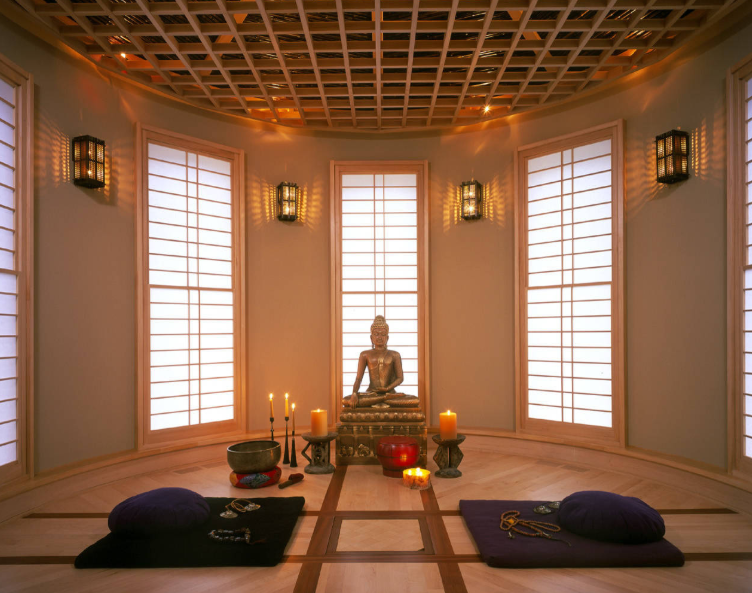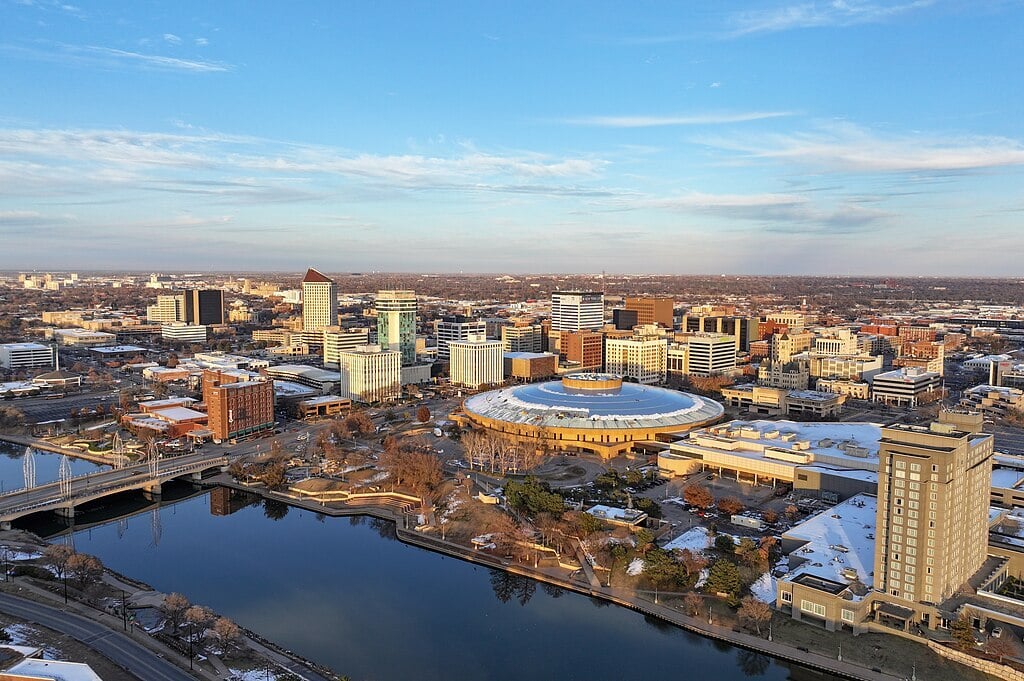
The 24th edition of the Triennale Milano International Exhibition is here–open from May 13 to November 9, 2025. This marks the final chapter of a trilogy that began in 2019 with Broken Nature and Unknown Unknowns in 2022.
This edition focuses on inequalities, exploring it through a multidisciplinary approach from the lenses of art, architecture, research, and design culture.
The exhibition features eight main showcases, ten special projects, an international participation section, a wide public program, and an urban tour across Milan’s districts. Artists, architects, and research institutions from over 45 countries will come together for this global event, once again held at the Palazzo dell’Arte, which has hosted the exhibition since 1933.
The exhibition is organised into two main sections:
- On the ground floor, the theme is geopolitics of inequalities, which is all about how wealth and poverty shape cities.
- The first floor is themed around the biopolitics of inequalities. Here you can see exhibits themed around how factors like gender, health, origin, and material conditions affect life expectations, mobility, and vulnerability.
Let’s dive into some of the projects that are a part of the world of the Triennial.
Also Read: One World Trade Center: Architecture, Design Features & Engineering
Geopolitics of Inequalities
Let’s begin with the thematic exhibition “Cities” curated by Nina Bassoli. It highlights the debate on wealth, poverty, society and community and how these variables function in the urban setting. One of the key installations focuses on the Grenfell Tower fire, a tragedy caused by a malfunctioning refrigerator that ignited exposed gas pipes and highly flammable building materials, resulting in significant loss of life. The installation was promoted by Grenfell Next of Kin.

Also Read: Notre Dame Cathedral: Know History, Facts & Architecture Techniques Used
Another striking display is “Towards an Equal Future” by the Norman Foster Foundation. It aims to shed light on the housing crisis. His work is inspired by Indian slums. What people have to go through is living in temporary settlements and being displaced. The exhibition includes a prototype of a 1:1 scale that replicates emergency housing shelters. It is an affordable mock-up of a home developed in collaboration with the Essential Home Research Project

Biopolitics of Inequalities
Leading up to the first floor, the exhibition continues to an installation by Filippo Teoldi, named “471 Days.”

The installation is made of vertical fabric columns suspended from the ceiling, each representing a single day of the 471-day conflict in Gaza. The length of each column is equivalent to the reported number of deaths on that day, turning abstract data into a visual, emotional experience. This conveys the human cost of war.
The exhibit begins by showing the diversity among communities and dives into how social, economic, and gender differences determine our lives. The Biopolitics vertical, emphasises how inequality shapes the very existence of our lives. Everything from health to the life span of human beings.
The space also includes a special project by the artist Gates, named “A Clay Corpus.” It aims to tackle the significance of lost and found craftsmanship. The area will later become a research facility where you can walk through the collection of Japanese pottery from Tokoname, Japan, renowned for its pottery traditions.

Also featured on the first floor is “We the Bacteria.” Perhaps one of the most thought-provoking projects of the exhibition. Focusing on Biotic Architecture by Colomina and Wigley, it explores the amalgamation of bacteria and buildings.
According to the artists, health is closely tied to inequality. Many modern diseases have been emerging as bacteria are adapting to antibiotics, leading to more deaths every year.
It examines the role that architecture can play in the coexistence of species. Where microbes and bacteria are seen as allies.
Also Read: Summit One Vanderbilt: Architecture, Design & Engineering of NYC’s Iconic Observation Deck

Conclusion
The essence of Triennale Milano's 24th International Exhibition on Inequality isn't just a research project. It's a conversation about how we live, how we're separated, and how we might—just might—find ways to bridge those divides.
So, our dear reader, if you believe that through architecture or design, you can be a part of the change, don’t hold yourself back!
Take the next step with Novatr today! Go through the Resource Page for the latest industry insights and updates.
Was this content helpful to you











